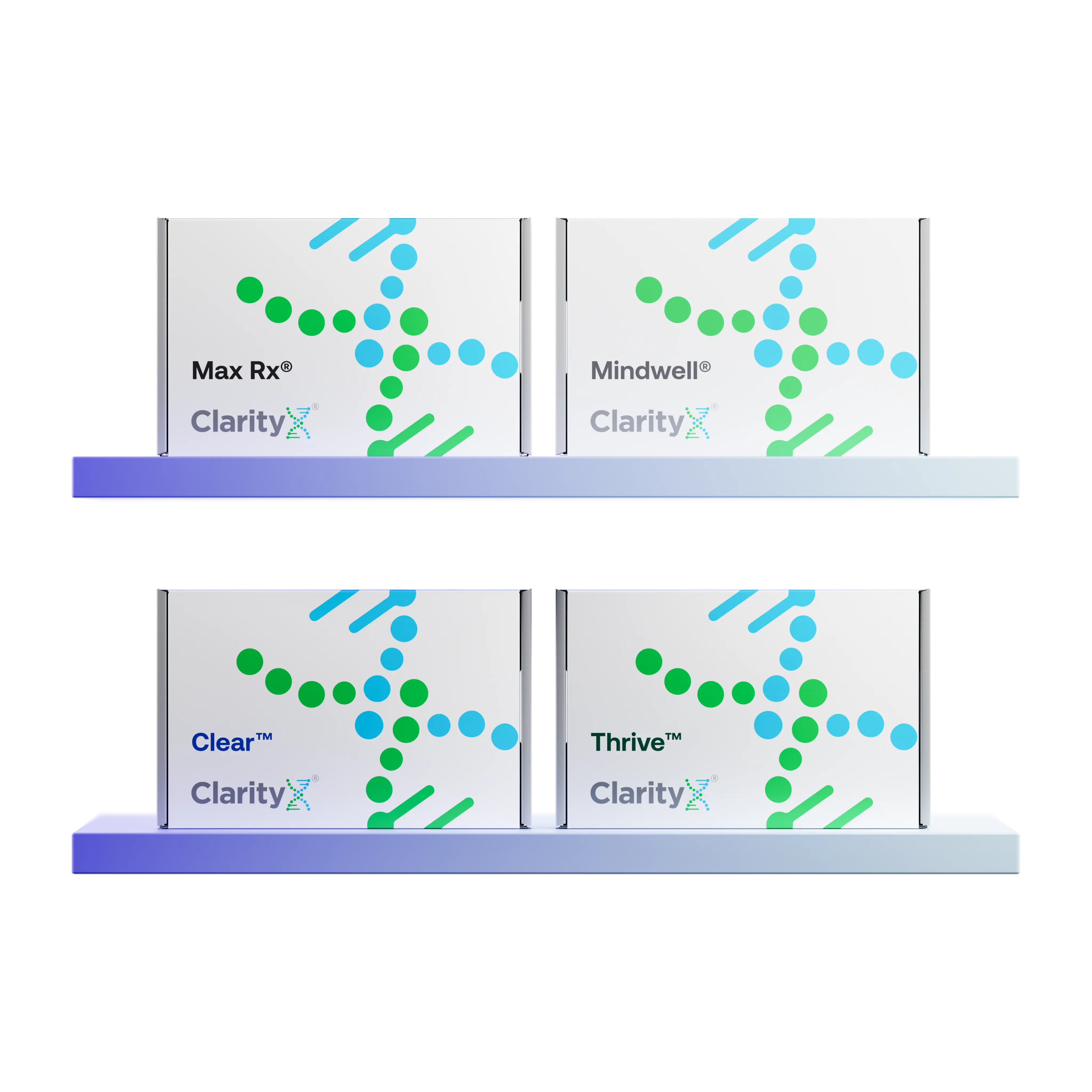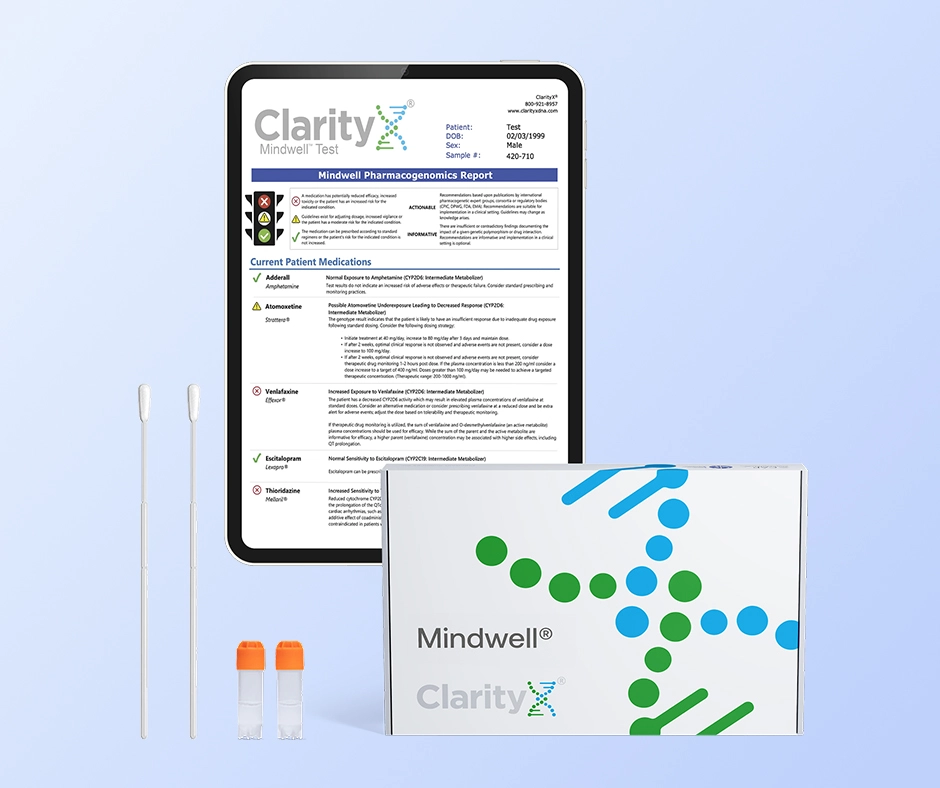Key Highlights
- Doxepin is a type of tricyclic antidepressant often used to help manage conditions like depression, anxiety disorders, and insomnia.
- This medication works by raising the levels of certain chemicals in the brain. This helps to manage mood, sleep, and how we feel pain.
- You usually take doxepin once a day, either with or without food. It might take some weeks to feel its full effects, depending on the condition being managed.
- Some common side effects of doxepin include drowsiness, dry mouth, constipation, weight gain, and dizziness. It is important not to drink alcohol while using this medicine because it can make drowsiness worse.
- If you think about taking doxepin, talk to your doctor. They can explain the risks and benefits of the treatment.
Introduction
Whether you’ve been prescribed doxepin for insomnia, anxiety, or depression, it’s normal to wonder how soon you’ll start to feel the effects.
Doxepin is a versatile medication with different effects (and timing of those effects) depending on the dose and condition being treated. In this article, we’ll break down how doxepin works, how long it may take to notice certain effects, and some factors that may influence how safe and effective the medication is likely to be.
Understanding Doxepin: Overview and Uses
Doxepin belongs to the tricyclic antidepressant group. These medications are known for alleviating symptoms of depression and anxiety. They function by influencing neurotransmitter activity in the central nervous system, primarily targeting serotonin and norepinephrine.
Serotonin and norepinephrine are important for regulating mood, sleep, and pain. When these neurotransmitters are out of balance, it can cause various mental health issues.
Doxepin helps by preventing the reuptake of these neurotransmitters, which elevates their levels in the brain and helps restore balance. However, if you take doxepin with other medications that affect serotonin, it may lead to serotonin syndrome. This is a serious condition where serotonin levels become excessively high. It’s important to monitor this closely and maintain communication with your doctor.
Primary Indications for Doxepin Use
Doxepin is a helpful treatment for various conditions, including:
- Major depressive disorder
- Anxiety
- Insomnia
The dosage of doxepin varies depending on the condition being managed. In general, higher doses of doxepin have been used for conditions like depression and anxiety, while lower doses are often used for insomnia. Doxepin became more widely used for insomnia over the years because it causes drowsiness. This side effect is likely to be felt much sooner than changes in mood (e.g., drowsiness occurs within about an hour, whereas mood changes, such as improvements in depressive symptoms, require consistent use over several weeks).
Mechanism of Action: How Doxepin Works
Doxepin is effective because it targets two key neurotransmitters in the brain: serotonin and norepinephrine. It prevents their reabsorption, which increases the levels of these chemicals. This process promotes feelings of happiness and calm.
In addition, doxepin affects histamine receptors in the brain, enhancing its calming effects. This effect likely contributes to its efficacy for treating sleep issues.
Neurotransmitter Effects and Brain Interaction
Doxepin prevents serotonin and norepinephrine from being reabsorbed into neurons. This means these neurotransmitters stay longer in the synaptic area. The longer they are there, the better they can help improve mood, lessen anxiety, and enhance sleep quality. Because of the strong anticholinergic effects of doxepin (e.g., dry mouth, constipation, drowsiness), it’s often used more specifically to help manage cases of depression or anxiety that are having a direct impact on sleep quality.
Impact on Sleep Patterns and Anxiety Levels
Doxepin can also help promote improved sleep patterns, especially at low doses. It makes it easier to fall asleep faster. This happens because doxepin works with histamine receptors, which makes you feel sleepy and can help you stay asleep.
The calming effects of doxepin also reduce anxiety levels. It promotes relaxation and improves sleep, creating a positive cycle that addresses both the mind's and body's effects related to anxiety disorders.
Effective Dosage and Administration Guidelines
Doxepin's appropriate dosage varies for each individual. It depends on your specific condition, how your body responds, and other health considerations. Your doctor will determine the optimal dose for you. They will likely begin with a low dosage and gradually adjust it based on your needs and how you tolerate it.
Recommended Dosages for Different Conditions
The recommended dosage of doxepin depends on the condition being treated. For depression, doctors often initiate treatment with a higher dose, typically ranging from 75mg to 150mg per day, divided into one or two doses. Insomnia typically requires much lower doses, usually around 3mg to 6mg taken before bedtime.
It is essential to recognize that these guidelines are generalized. The actual dosage of doxepin prescribed by your doctor will depend on personal factors. Age, weight, health history, and the severity of your condition can significantly influence the best treatment plan.
Timeline for Doxepin's Effectiveness
The timeline for feeling the effects of doxepin depends largely on the prescribed dose and the condition being treated.
Short-Term Effects of Doxepin: Sleep and Sedation
At low doses, typically 3 to 6 mg (such as in Silenor), doxepin is primarily prescribed to treat insomnia. In this case, the medication works relatively quickly. Many people begin to feel drowsy within 30 minutes to an hour after taking it, and its full sedative effect usually becomes apparent within the first few nights of use. It is most effective when taken consistently, approximately 30 minutes before bedtime.
Long-Term Effects of Doxepin: Mood and Anxiety
At higher doses, doxepin is used to treat depression and anxiety. In these cases, it functions as a tricyclic antidepressant. The effects on mood are not immediate and typically take 2 to 4 weeks to become noticeable, with full benefits often taking up to 6 to 8 weeks. This delayed response is common with most antidepressants, as the brain needs time to adjust to the changes in neurotransmitter activity.
It’s important to note that individual variability in factors like metabolism can also impact how likely doxepin is to be safe or effective over time. For instance, the safety and efficacy of doxepin can be heavily influenced by genetic differences in CYP2C19 enzyme activity.
Side Effects and Risk Factors of Doxepin
Doxepin, like any other medication, can cause side effects. These side effects may be mild and resolve quickly or may be more serious. Most side effects are manageable and improve as your body adjusts to the medication. It is important to be aware of these potential side effects and to discuss any concerns with your doctor.
Common and Minor Side Effects
Some of the common side effects of doxepin include:
- Dry mouth
- Constipation
- Dizziness
- Drowsiness
- Blurred vision
Reduced saliva production can occur due to doxepin’s anticholinergic effects. You can help manage this by drinking plenty of water, chewing sugar-free gum, or using over-the-counter saliva substitutes.
Another side effect reported often is weight gain. Doxepin can alter your appetite and metabolism, potentially causing some individuals to gain weight. To help manage this side effect, try to follow a balanced diet, stay active, and consult your doctor if you have any concerns.
Some effects may improve as your body gets used to the medication. However, if you have side effects that don't go away or are bothersome, it's a good idea to talk with your doctor to find ways to manage them.
Serious Side Effects and Adverse Reactions
Most people tolerate doxepin well. However, there can be severe side effects. These side effects are rare but require immediate medical attention. One serious side effect is a change in mental state, which can include suicidal thoughts, particularly in young adults. If you notice worsening depression, new or worsening anxiety, agitation, restlessness, or any thoughts of suicide, contact your doctor or get emergency care right away. It’s important to provide non-judgmental support throughout treatment, but this can be particularly crucial early in therapy or during dosage changes.
Medications like doxepin are often not recommended for individuals over the age of 65 because of the potential for strong anticholinergic effects. These effects can cause increased drowsiness, dizziness, confusion, increase the risk of injuries due to falls, and may impact memory. All of these effects may be more pronounced in elderly individuals, and it’s very important to discuss any potential concerns with your healthcare providers.
Doxepin can sometimes lead to severe physical side effects, such as an irregular heartbeat, seizures, or difficulty breathing. The risk of more severe reactions may be increased by certain medical conditions or drug interactions. Medications that cause central nervous system depression can cause excessive drowsiness when used with doxepin. Doxepin can also interact with medications that are processed by CYP2D6 enzymes in the liver. It’s essential to discuss all the medications and over-the-counter products you use with your healthcare providers to ensure they can be used safely together.
Lifestyle and Dietary Considerations
While taking doxepin, your lifestyle and diet can influence how effectively it works and the number of side effects you experience. One important consideration is to reduce alcohol consumption and the use of over-the-counter sleep aids. Alcohol can enhance the sedative effects of doxepin, leading to excessive sleepiness and impairing your thinking.
Making healthy lifestyle choices, such as exercising regularly and eating a balanced diet, can enhance your treatment. Exercise can increase serotonin and norepinephrine levels, which may amplify the mood benefits of doxepin. A balanced diet provides essential nutrients for your health and can improve the effectiveness of the medication.
Always consult your doctor before making any significant changes to your lifestyle. They can provide helpful advice based on your needs and medical history.
Conclusion
Doxepin can begin working quickly when used for sleep, often within the first night or two, but its effects on mood or anxiety take more time—typically several weeks. This difference in timing can be helpful to be aware of as you get started with treatment. Regardless of whether you’re using the medication for sleep, depression, or anxiety, it’s always important to follow up with your healthcare providers regularly.
Lastly when considering treatment options like Doxepin your genetics can also play a vital role in determining which medications will be best suited for you. A simple test can help reduce the trial and error process associated with finding the right medication. Find out more by visiting www.clarityxdna.com
Frequently Asked Questions
How quickly does Doxepin start working for anxiety?
Doxepin is similar to SSRIs and SNRIs in that it must be used consistently over several weeks before it’s likely to have consistent effects for anxiety management. It does have some anticholinergic effects, which may help promote calm (i.e., drowsiness) more quickly, but these effects are more likely to be appreciated in the evening when trying to rest, rather than during the day.
Can Doxepin be used for long-term treatment?
Yes. However, it’s important to follow up with your healthcare providers regularly throughout treatment to ensure that continuing the medication is in your best interest.
References
https://dailymed.nlm.nih.gov/dailymed/drugInfo.cfm?setid=f3c242dd-426e-4c69-8f21-2645361d5f27
https://www.ncbi.nlm.nih.gov/books/NBK542306/
https://pubmed.ncbi.nlm.nih.gov/25047681/
https://files.cpicpgx.org/data/guideline/publication/TCA/2016/TCA_2016.pdf
https://clarityxdna.com/blog/learn/cyp2c19-the-gene-drug-metabolism/






